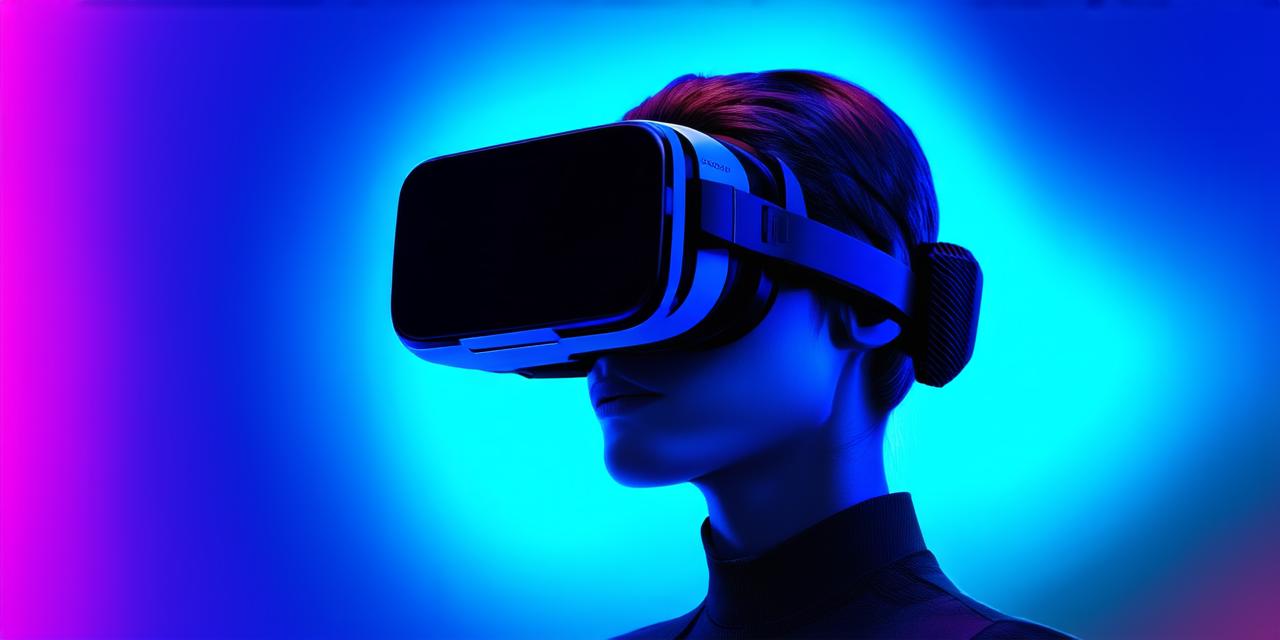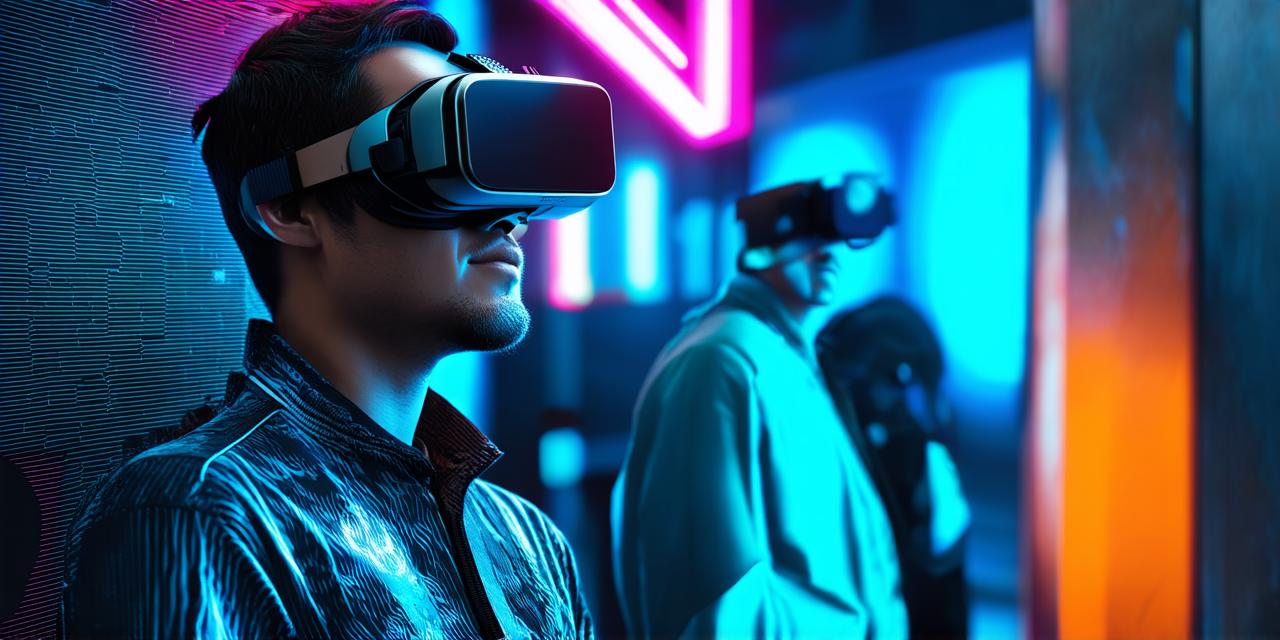Virtual reality (VR) technology has been rapidly advancing over the past decade, and its potential applications in psychological interventions have been explored extensively. VR provides a highly immersive environment that can simulate real-world scenarios and allow individuals to experience them in a safe and controlled manner. This makes it an ideal tool for treating various mental health conditions, including anxiety disorders, phobias, PTSD, and depression.
In this article, we will provide an overview of the current status of VR outcomes in psychological interventions, highlighting the key findings and trends in the field. We will also explore some of the challenges and limitations associated with VR-based treatments and discuss how they can be overcome.
Virtual Reality in Psychological Interventions: A Brief Overview
The use of virtual reality in psychological interventions dates back to the 1960s when Ivan Sutherland created the first VR system, called “Sword of Damocles.” However, it was not until the early 2000s that VR technology became more accessible and affordable, which led to its widespread adoption in various fields, including mental health.
The use of VR in psychological interventions involves exposing individuals to a simulated environment that is designed to replicate real-world scenarios. The goal is to help individuals learn coping skills, modify their behavior, or overcome specific fears and anxieties. There are several types of VR-based treatments, including exposure therapy, cognitive-behavioral therapy (CBT), and relaxation techniques.
Virtual Reality Outcomes in Psychological Interventions: Key Findings and Trends
Numerous studies have been conducted on the effectiveness of VR-based psychological interventions, and the results have been promising. Here are some key findings and trends in the field:
1. Reduced Fear and Anxiety Levels

Several studies have shown that VR-based treatments can be effective in reducing fear and anxiety levels in individuals with various mental health conditions.
2. Improved Coping Strategies
Virtual reality can provide a safe and controlled environment for individuals to practice new coping strategies.
3. Increased Engagement and Motivation
Virtual reality technology allows for the creation of personalized treatment plans tailored to the specific needs and preferences of each individual.
4. Personalized Treatment Plans
Personalized exposure therapy delivered through VR was as effective as traditional exposure therapy in treating phobias.
Challenges and Limitations Associated with VR-Based Treatments
Despite the promising findings, virtual reality-based psychological interventions are not without their challenges and limitations. Here are some of the key issues:
1. Cost and Accessibility
VR technology can be expensive, which can limit its accessibility to individuals who may not have the financial means to purchase or rent VR equipment.
2. Realism and Immersivity
While VR technology has come a long way, it is still limited by its ability to replicate the real world accurately.
3. Safety and Risk Management
Virtual reality technology involves exposure to simulated environments that can be emotionally or physically challenging.
4. Expertise and Training
Virtual reality-based psychological interventions require specialized expertise and training to deliver effectively.
Overcoming Challenges and Limitations Associated with VR-Based Treatments
To overcome the challenges and limitations associated with VR-based treatments, several strategies can be employed. Here are some key approaches:
1. Increasing Accessibility and Affordability
Efforts can be made to increase the availability of VR technology and make it more affordable for individuals who may not have the financial means to purchase or rent equipment.
2. Improving Realism and Immersivity
Research can be conducted to develop more realistic and immersive virtual environments that can better replicate real-world scenarios.
3. Enhancing Safety and Risk Management
Clear protocols can be developed for the delivery of VR-based treatments that prioritize safety and risk management.
4. Increasing Expertise and Training
Training programs can be developed to increase the number of qualified professionals who are familiar with VR technology and its applications in mental health.
Conclusion
Virtual reality technology has shown great promise in the treatment of various mental health conditions, including anxiety, depression, PTSD, and chronic pain. Despite the challenges and limitations associated with VR-based treatments, efforts can be made to overcome these issues and increase the accessibility, effectiveness, and safety of this promising approach to mental health care. As research continues to advance in this field, it is likely that we will see even more exciting developments in the use of virtual reality for improving mental health outcomes.




